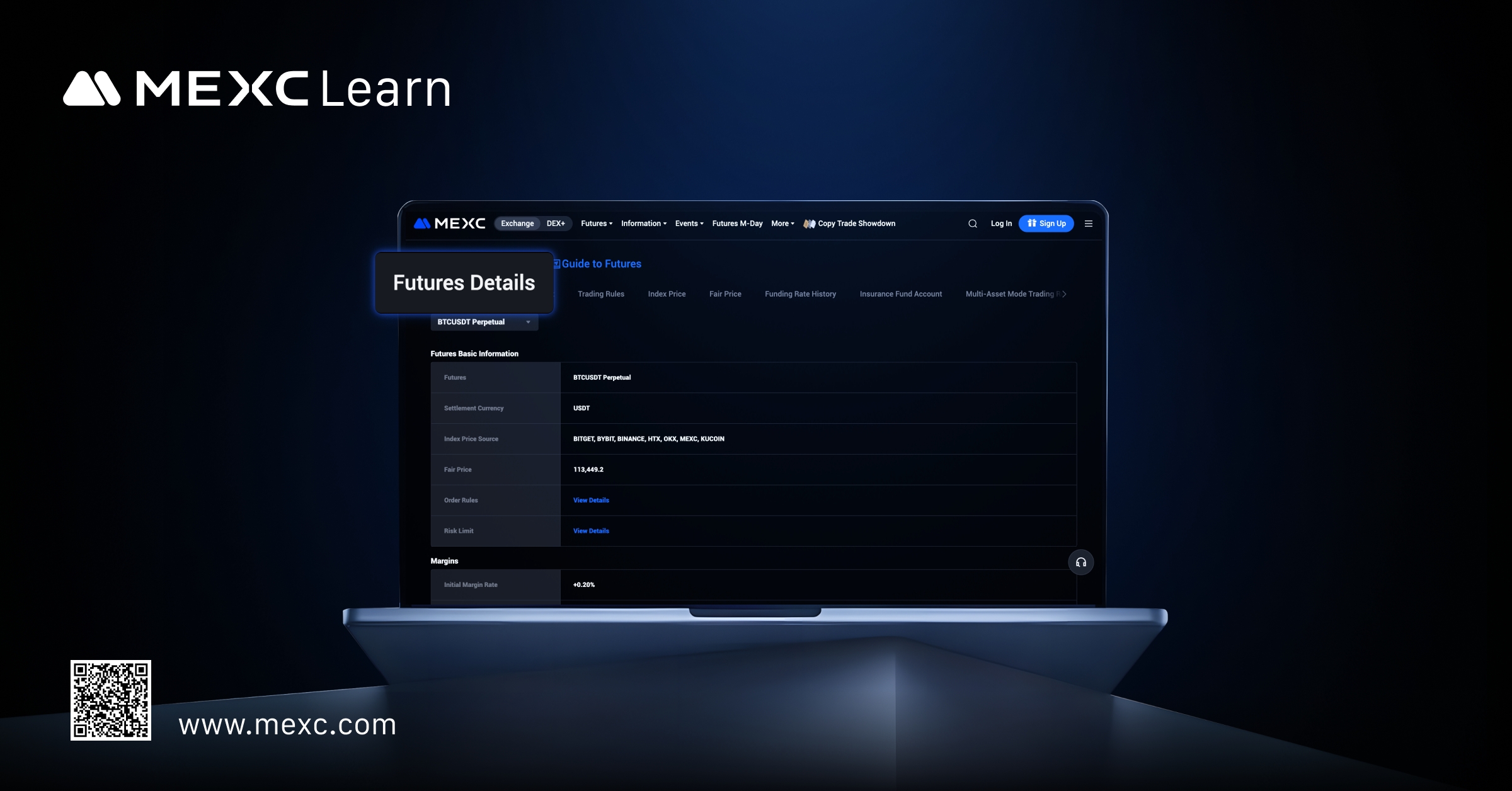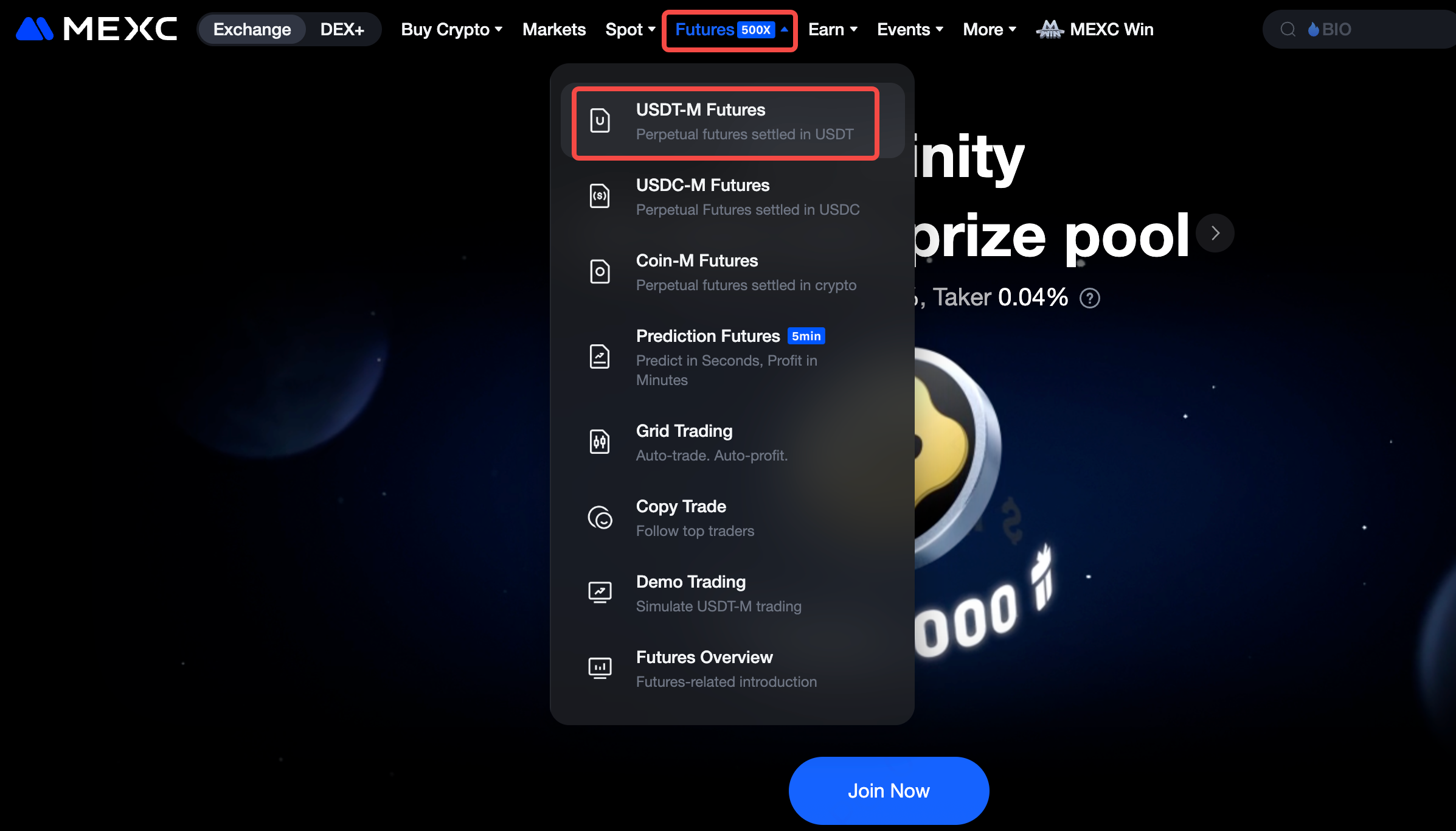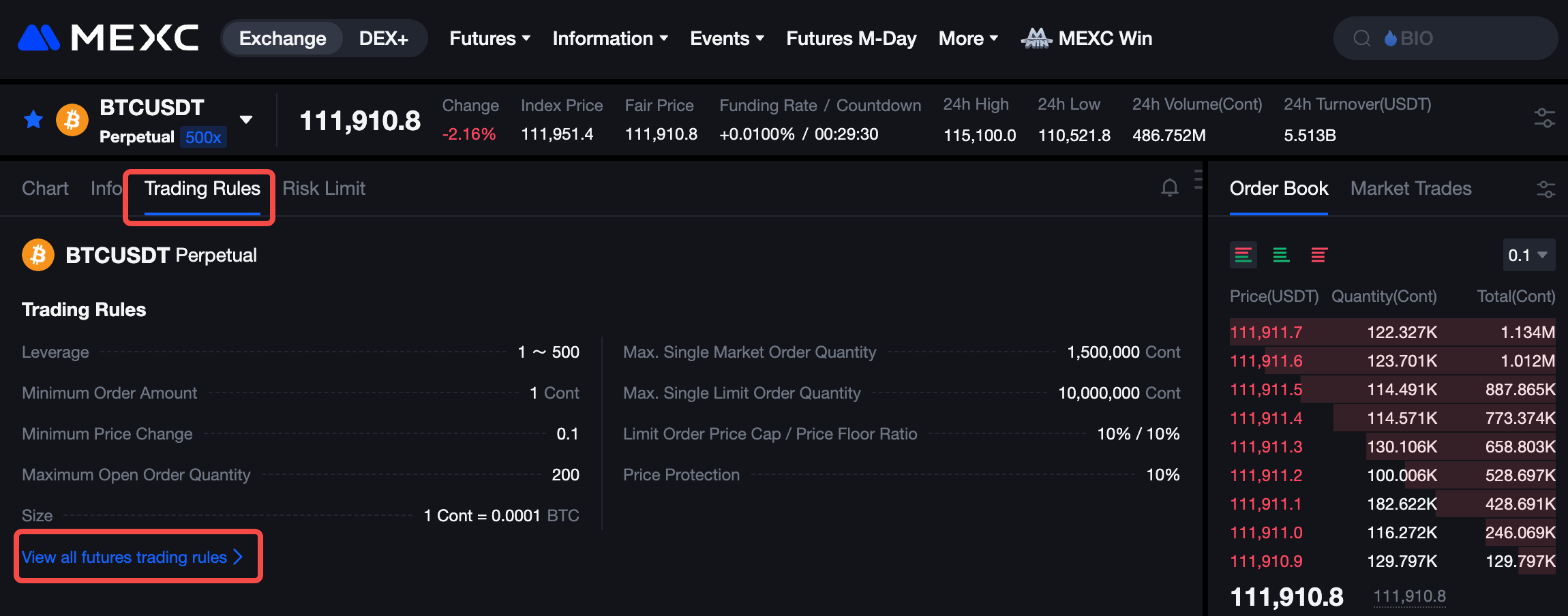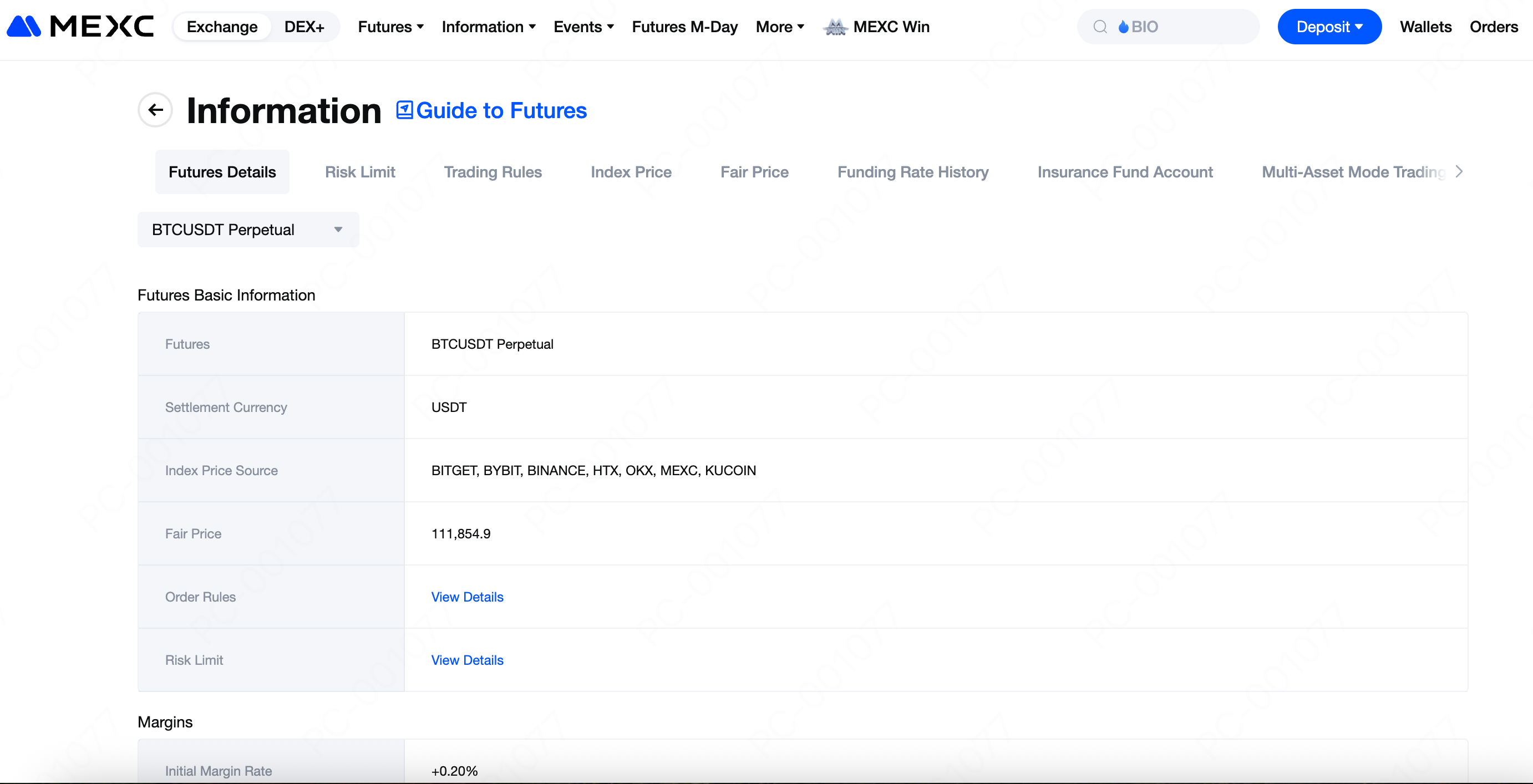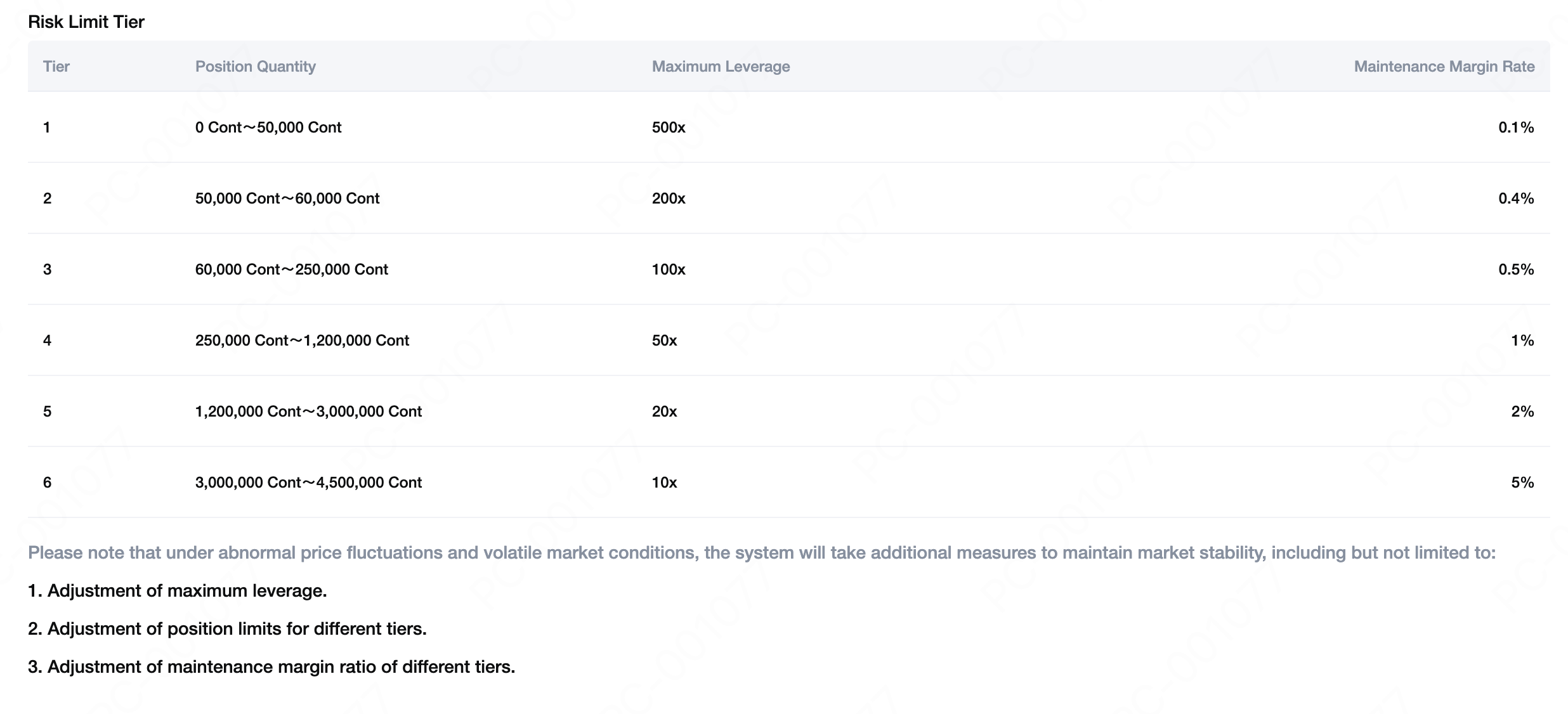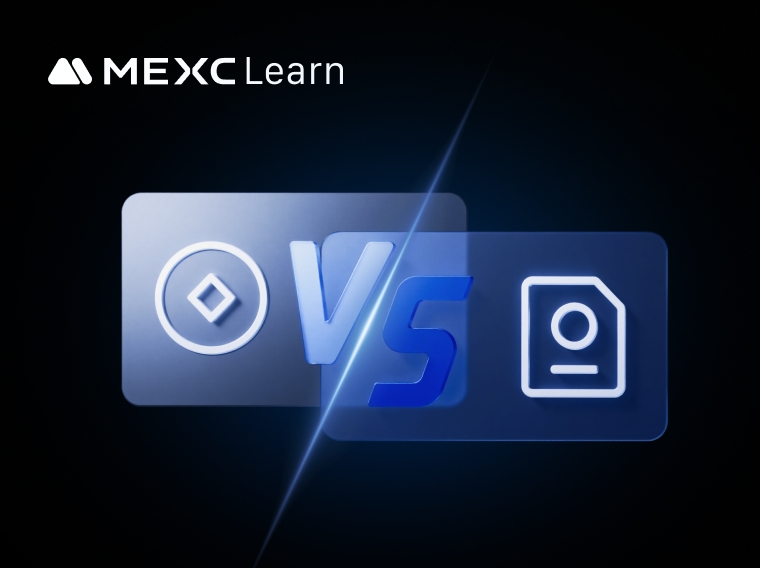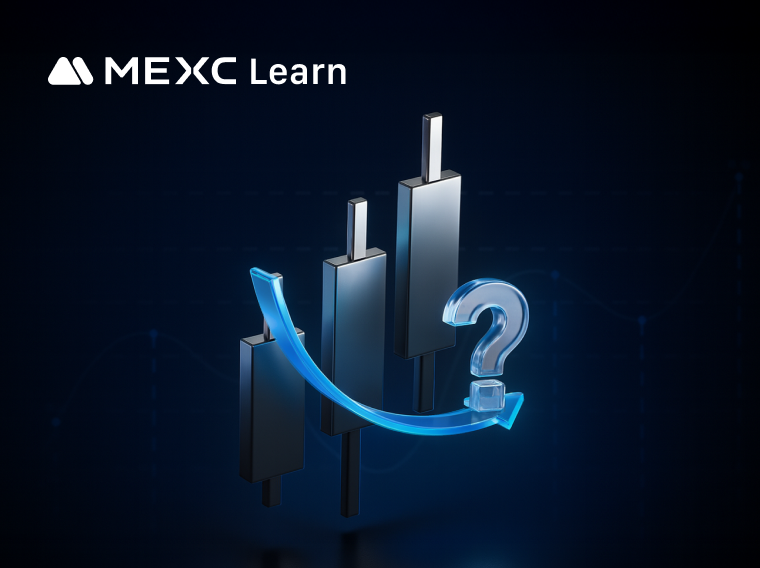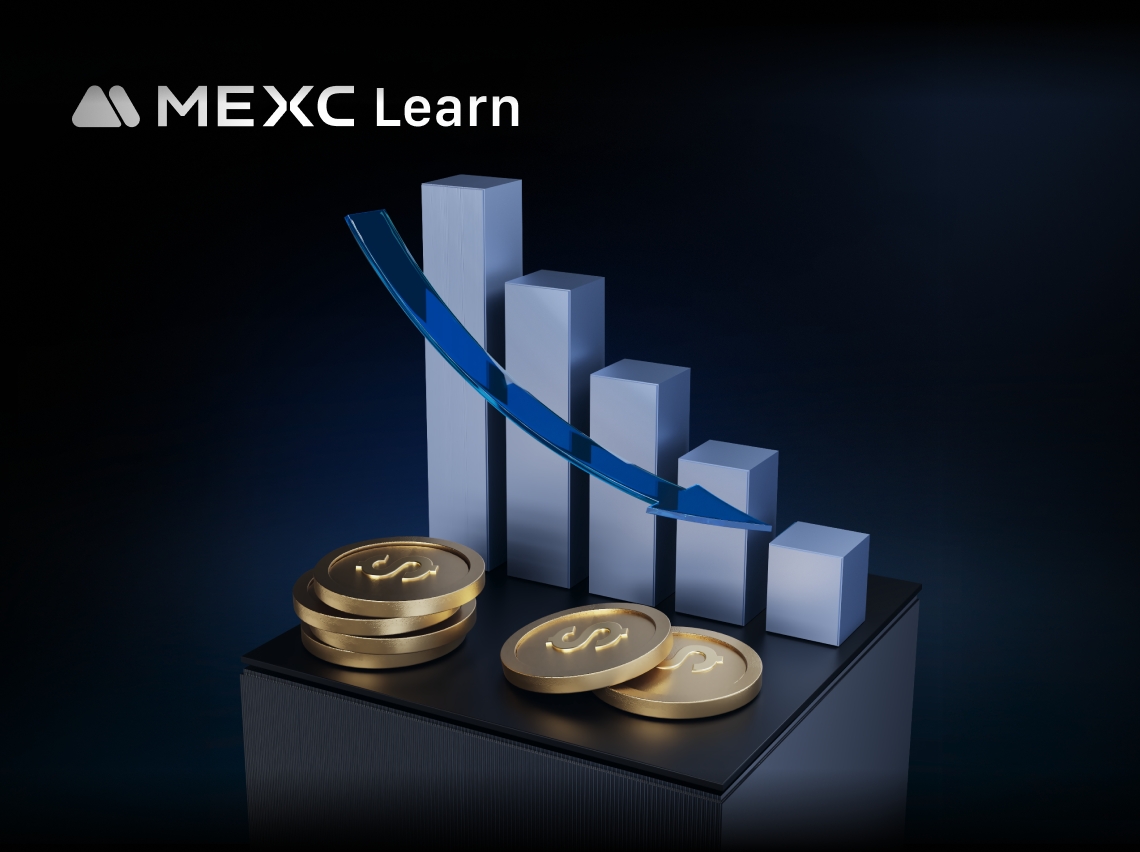When you open the MEXC Futures trading interface, what greets you isn't just the dynamic candlestick chart, but also rows of constantly changing data and professional terms: Index Price, Fair Price, Funding Rate, Insurance Fund, etc. For many traders, especially beginners, these terms can be intimidating at first glance. Yet it is precisely these seemingly complex terms that form the foundation of Futures trading. Without understanding them, trading is like competing on an unfamiliar playing field, you risk missing opportunities and may incur unnecessary losses due to misunderstandings. This article, based on MEXC's official interface, will break down these core terms one by one, helping you remove barriers to understanding and trade more confidently in the world of Futures. We will use USDT-M BTCUSDT perpetual Futures for demonstration purposes.
Understanding Futures terms is not just the first step to interacting with the interface, it's essential for improving your trading skills:
Accurate Market Judgments: Indicators like the funding rate and fair price help you gauge market sentiment and price trends.
Risk Reduction: Familiarity with maintenance margin and liquidation rules helps avoid liquidations due to misunderstanding.
Increased Efficiency: Concepts like price protection and order limits allow you to make faster decisions in volatile markets.
Strategy Optimization: Understanding fee rates and Maker/Taker differences helps you design more efficient, cost-effective trading strategies.
In short, mastering these basics enables you to trade insightfully, increasing your chances of achieving long-term, stable profits in the Futures market.
Go to the MEXC homepage, select Futures→ USDT-M Futures in the navigation bar to access the USDT-M Futures page.
Search for the BTCUSDT trading pair, click Trading Rules → View all futures trading rules to access the detailed Futures information page.
Select Futures Details. This page displays the detailed Futures information for the BTCUSDT trading pair. You can also use the dropdown menu to choose other trading pairs and view their corresponding Futures details.
Futures: Differing from traditional financial futures, cryptocurrency perpetual futures contracts have no settlement date. In other words, as long as the position is not liquidated, it will never be forcibly closed.
Index Price: A composite price calculated as the weighted average of prices from major exchanges. The index price shown on the page is the BTC index price. BTC's index price references prices from Bitget, Bybit, Binance, HTX, OKX, MEXC, and KuCoin exchanges.
Fair Price: The real-time fair price of the futures contract, calculated based on the index price and market price. It is used to compute unrealized PNL and determine liquidation, and may differ from the futures contract's last price to prevent price manipulation.
Size (1 Cont): Represents the value of one contract. For USDT-M contracts, each contract is measured in token quantity. For Coin-M contracts, each contract is measured in USD. For example, the size of 1 BTC contract is 0.0001 BTC.
Minimum Price Change: The smallest price increment for the contract. For BTC, the minimum price change is 0.1.
Minimum Order Amount: The smallest allowable order size for the contract. For BTC, the minimum order amount is 0.0001 BTC.
Limit Order Price Cap / Price Floor Ratio: The buy limit order price should be lower than or equal to (1 + Price Cap Ratio) x Index Price. The sell limit order price should be higher than or equal to (1 - Price Floor Ratio) x Index Price.
Maximum Open Order Quantity: The maximum number of open limit orders for each trading pair.
Price Protection: After enabling the price protection feature, if the TP/SL (trigger order) reaches the trigger price, and if the price difference between the last price and the fair price of the futures exceeds the set threshold for that futures, the TP/SL (trigger order) will be rejected. Please note that price protection will only take effect once enabled and will not apply to historical orders that were placed before it was enabled.
Initial Margin: The minimum margin required to open a position.
Initial Margin Rate: Calculated as Position Value over Position Margin. The initial margin rate reflects your leverage.
Maintenance Margin: The minimum margin required to keep a position open. If the margin balance falls below the maintenance margin, the position will be liquidated or partially reduced. Maintenance Margin = Position Notional Value x Maintenance Margin Rate
Maintenance Margin Rate: Calculated based on the size of the user's position and is not affected by the leverage used.
Risk Limit: MEXC uses a risk limit mechanism for all trading accounts. The system employs a tiered margin model for risk control, where maximum leverage decreases as position size increases. Users can adjust leverage themselves; the initial margin rate is determined based on the leverage selected by the user.
Risk Limit Tier: Each token's futures contract has corresponding risk limits and incremental tiers. For example, BTC Perpetual Futures on MEXC platform are divided into six tiers.
Funding Rate: The funding rate indicates a fee exchanged periodically between long and short traders based on the price difference between the Futures and Spot markets. When the market trend is bullish, the funding rate is positive, and long traders pay funding fees to short traders. When the market trend is bearish, the funding rate is negative, and short traders pay funding fees to long traders.
Note: The funding rate fluctuates according to market sentiment and varies across trading pairs. For detailed information, refer to the Funding Rate History.
Billing Cycle: On MEXC, funding fees for all perpetual futures contracts are generally calculated every 8 hours.
Unrealized PNL: Shows the profit or loss of long/short positions that are still open.
Buying Long: Quantity x Futures size x (Fair price - Open position's average price)
Short Selling: Quantity x Futures size x (Open position's average price - Fair price)
Realized PNL: Shows the profit or loss after closing a long/short position.
Buying Long: Quantity x Futures size x (Avg close price - Avg entry price)
Short Selling: Quantity x Futures size x (Avg entry price - Avg close price)
Maker: Orders that are placed on the order book without immediately matching existing orders, adding liquidity to the market.
Maker Fee Rate: The fee charged to liquidity providers (Makers). On MEXC, the Maker fee rate is 0%.
Taker: Orders that match existing orders immediately, removing liquidity from the market.
Taker Fee Rate: The fee charged to liquidity takers. On MEXC Futures markets, the Taker fee rate is 0.02%.
Liquidation Fee Rate: A fee charged when a user's position is liquidated. For example, the BTC perpetual Futures liquidation fee rate is 0.02%.
Auto-Deleveraging (ADL): When a trader is liquidated, any remaining positions are taken over by MEXC's Futures liquidation system. If the liquidated positions cannot be closed and the mark price reaches the bankruptcy price, the auto-deleveraging system will reduce positions of traders holding opposite positions. The order of deleveraging is determined by leverage and PNL rate.
Understanding the terminology related to futures trading is only the first step in learning to use futures tools. Next, you need to apply this knowledge through actual trading. Before starting real trading, you can practice using MEXC's FuturesDemo Trading to get familiar with the process, and only then move on to live trading.
Currently, MEXC is running a 0-Fee Trader's Fest, allowing users to significantly reduce trading costs and allowing users to spend less, trade more, and earn more. On MEXC, users can enjoy low-cost trading while staying closely aligned with market trends, capturing every fleeting opportunity, and starting a journey to financial independence.
Recommended Reading:
Why Choose MEXC Futures? Gain an in-depth understanding of the advantages and features of MEXC Futures trading to get ahead in the market.
Disclaimer: This information does not provide advice on investment, taxation, legal, financial, accounting, consultation, or any other related services, nor does it constitute advice to purchase, sell, or hold any assets. MEXC Learn provides information for reference purposes only and does not constitute investment advice. Please ensure you fully understand the risks involved and exercise caution when investing. MEXC is not responsible for users' investment decisions.
